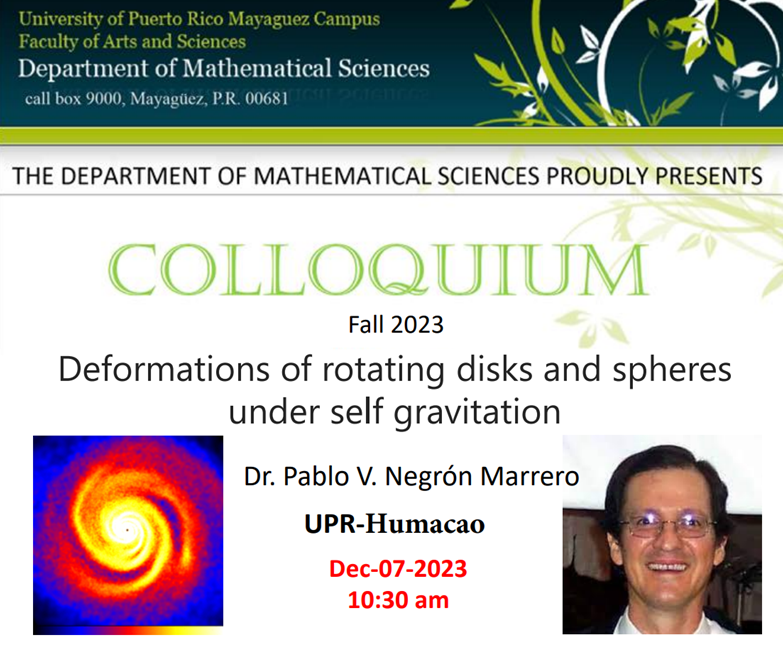Abstract: The problem of determining the configuration of a rotating self-gravitating mass distribution is an old one, dating back to the time of Newton itself. Most work to date has been for the case of a fluid, like a star, in which the density, velocity, and gravitational potential are the unknowns. The “advantage” in this case is that the gravitational potential is given as an integral over space, depending only on the density. However, the deformation of the mass distribution is unknown and the problem becomes a free boundary value problem. For solids, and now working on a known stress free reference configuration, we do not have a free boundary value problem, the density distribution is known or given in this reference configuration, but the gravitational potential now depends on the unknown deformation. In any case, the problem is three dimensional, for fluids requiring the solution of the Navier–Stokes equations coupled with Poisson’s equation for the potential, or in solids, the equations of nonlinear elasticity coupled with a version of Poisson’s equation in the reference configuration. In this talk I will present some preliminary results on the characterization of axi-symmetric deformed states for self- gravitating rotating disks and solid spheres.
Location of event: Building Celis – C-116

